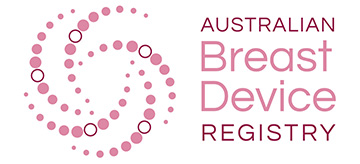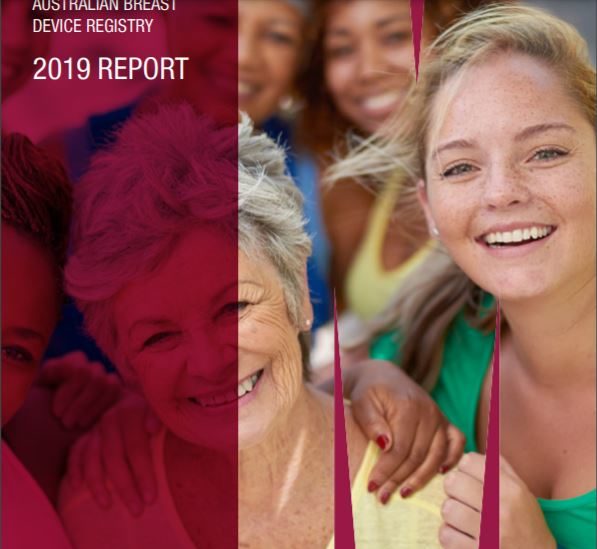ABDR Releases 2019 Annual Report
March 1, 2021
Australian Breast Device Registry helps with patient safety
MEDIA RELEASE 1 March 2021, Melbourne: Almost 50,000 Australian women have had their breast devices registered, mostly in the past five years, to help facilitate faster notification of safety issues with the devices, leading to improved health outcomes.
The Commonwealth-funded Australian Breast Device Registry (ABDR), led by Monash University, was established in 2015 to track the long-term safety and performance of breast devices and benchmark the quality of surgery involving breast implants, breast tissue expanders and a soft tissue substitute called matrix.
According to the ABDR 2019 annual report, 11,960 patients who had breast device surgery were included in the registry in 2019, bringing the cumulative total to 49,563 registered patients between 2012- 2019.
Monash University academic lead, Professor Susannah Ahern said the registry data demonstrated high levels of quality and completeness, enabling it to assist healthcare providers to contact their patients during 2019.
“The ABDR was in a position to help requesting surgeons and hospitals to rapidly identify their patients with suspended implants so that they could contact them in a timely manner and offer a clinical review,” said Professor Ahern.
“Many patients also contacted the registry directly to learn whether their implants were on the suspended list.”
The registry assisted patients and healthcare providers after the Therapeutic Goods Administration’s (TGA) suspension of several breast implants.
“The registry helps give patients and their families peace of mind that there is a secure, permanent record of their device and that long-term monitoring of device safety continues while they get on with their lives after the surgery,” said Prof Ahern.
In Australia, medical records only need to be legally kept for up to seven years.
Professor Ahern said that in addition to facilitating contact with patients from their healthcare providers, the registry generates independent reports to surgeons and hospitals to help drive continuous improvement of care.
During 2019, 563 surgeons from 277 hospitals and day surgeries contributed detailed procedural and device details to the registry.
Many patients volunteer personal feedback via an online questionnaire about breast pain or tightness several years after the surgery to help the registry identify potential early signals of complications.
Monash University leads the ABDR in conjunction with clinical leadership from the Australian Society of Plastic Surgeons (ASPS), Australasian College of Cosmetic Surgery (ACCS) and Breast Surgeons of Australia and New Zealand Inc. (BreastSurgANZ) and works closely with the TGA.
The project’s growth and success, according to Professor Ahern, stems from surgeons, hospitals and day surgeries, government regulators and the Australian public working together towards a common goal: patient safety.
Professor Ahern urges any Australian considering breast reconstruction or breast augmentation, or having their breast implants removed, to make sure their surgeon includes them in the Australian Breast Device Registry.
Key highlights from the 2019 ABDR Annual Report.
- 11,960 patients with devices were included in the registry during 2019, bringing the cumulative total to 49,563 registered patients (2012 – 2019)
- Information from 12,306 procedures involving breast devices: 3,931 reconstructive procedures (including post-cancer breast reconstruction, risk-reducing breast reconstruction and developmental deformity) and 8,375 aesthetic procedures (cosmetic augmentation) was added to the registry in 2019
ABDR milestones.
- The registry was piloted in 2012, following a senate enquiry into the Poly Implant Prosthese (PIP) incident, and was funded by the Australasian Foundation for Plastic Surgery Limited
- The ABDR was rolled out nationally in 2015 with funding by the Australian Government
For more information about the ABDR please contact our team.

